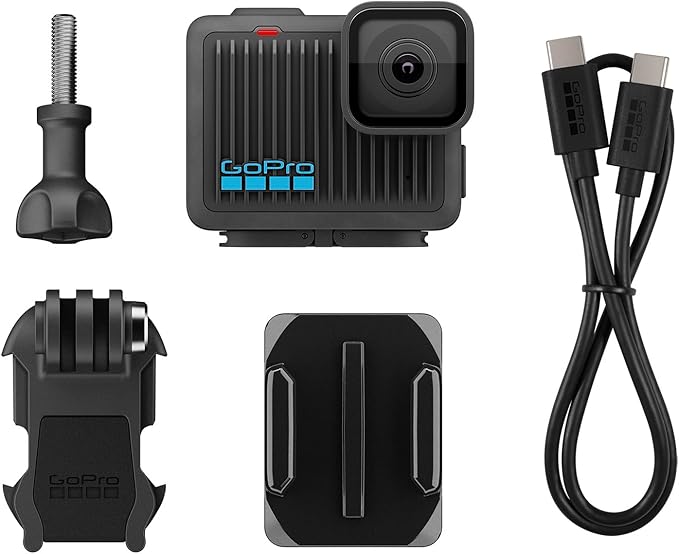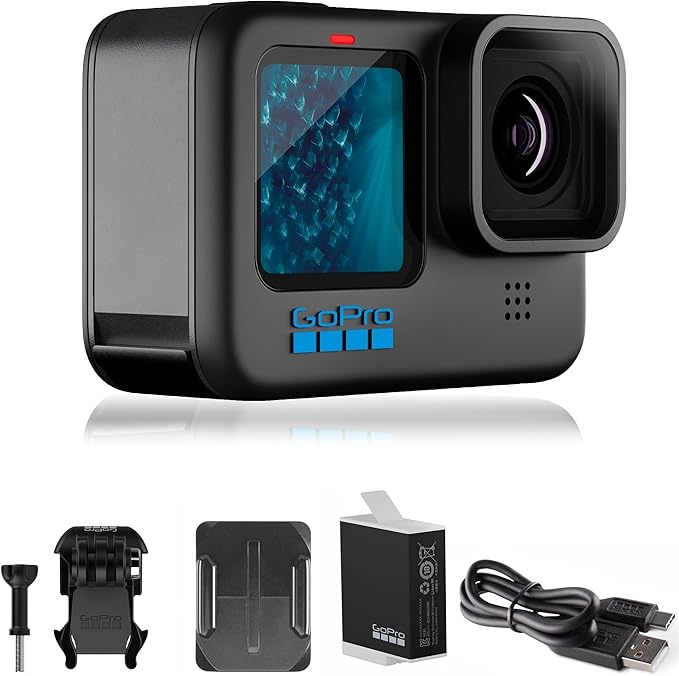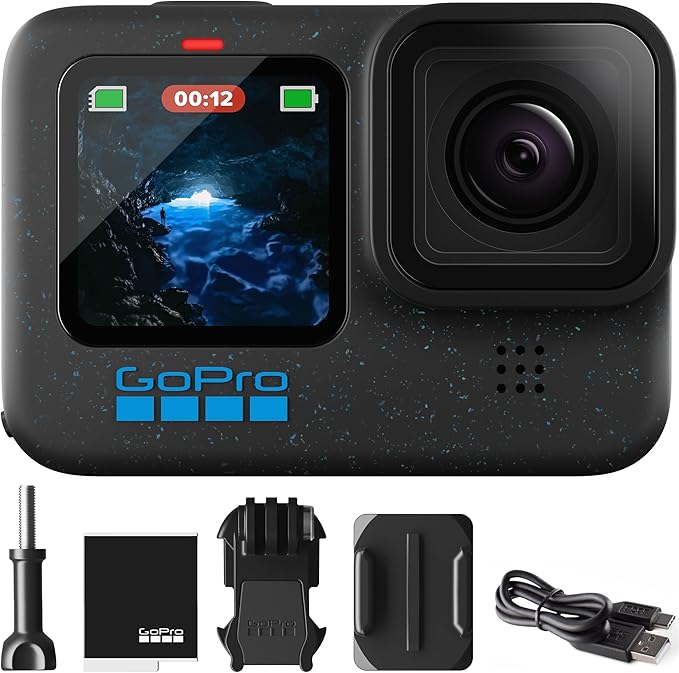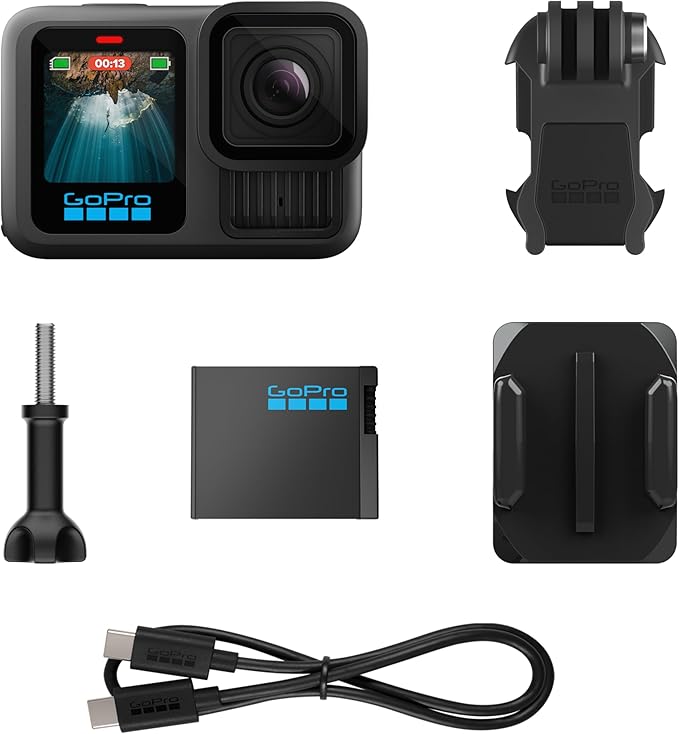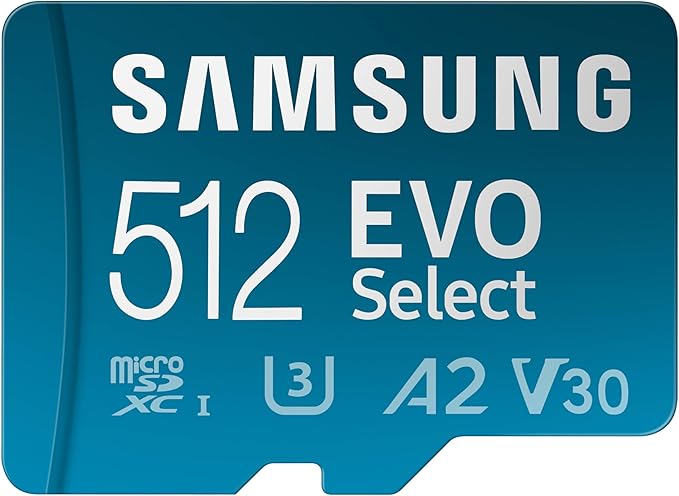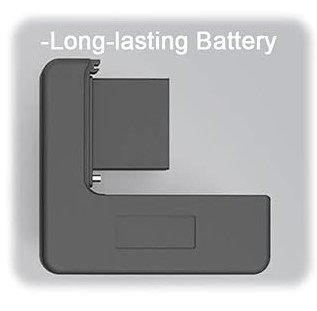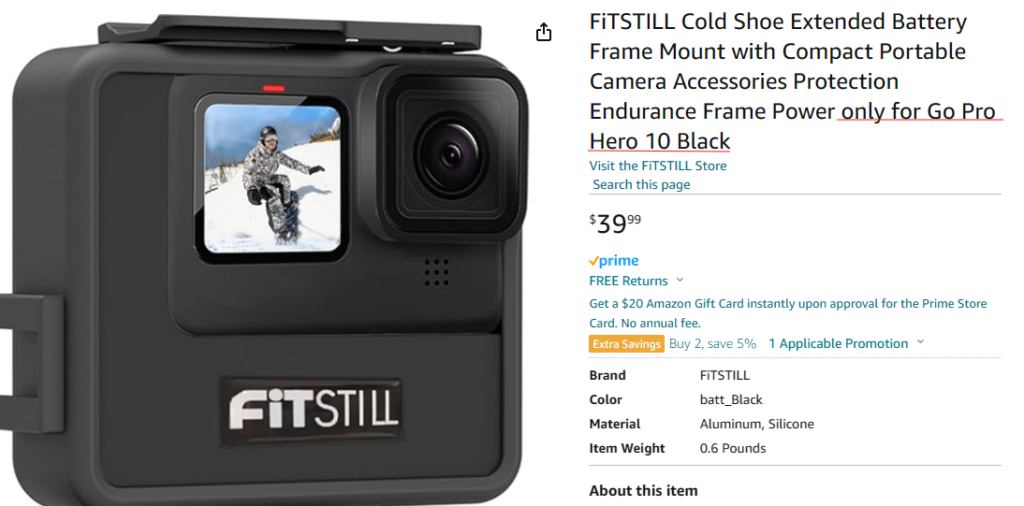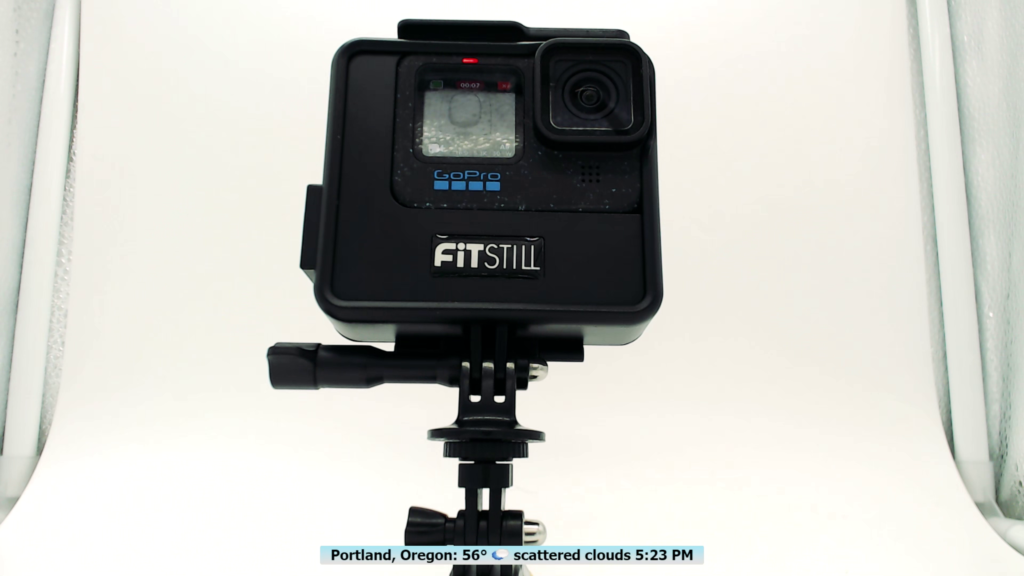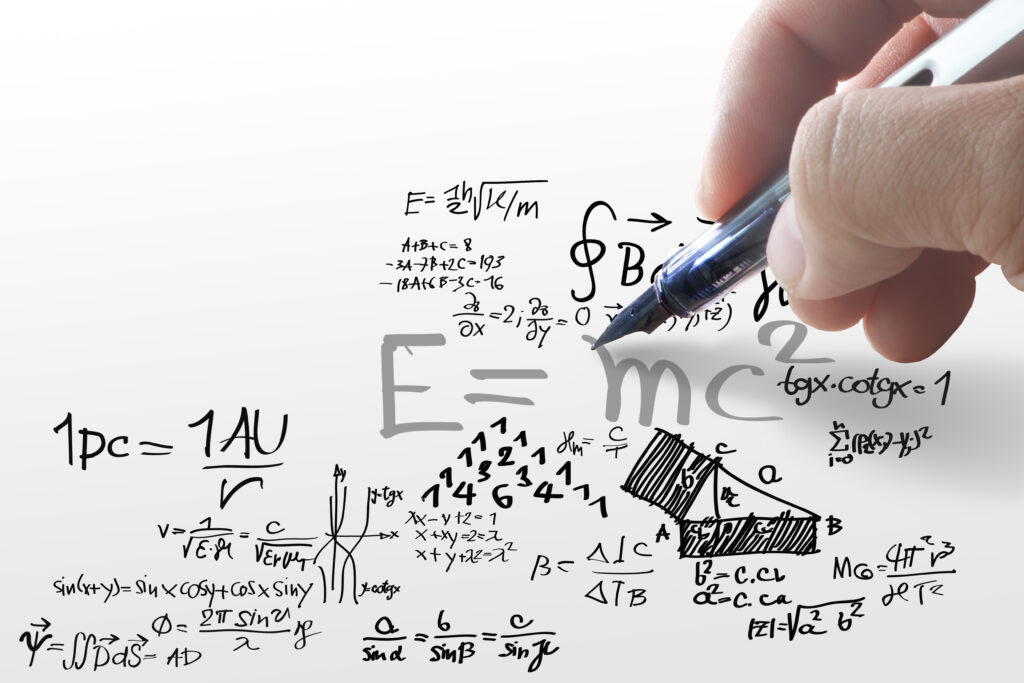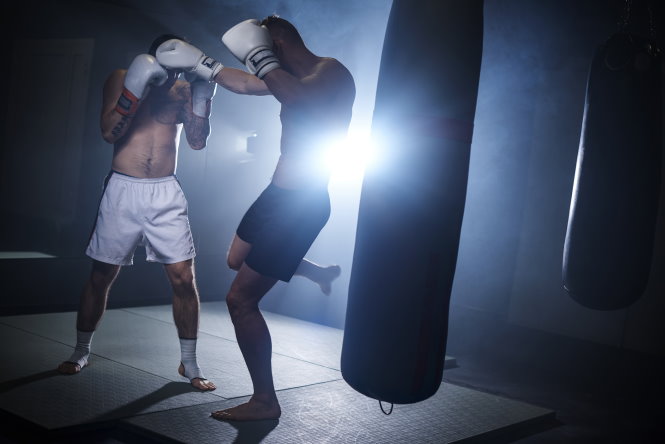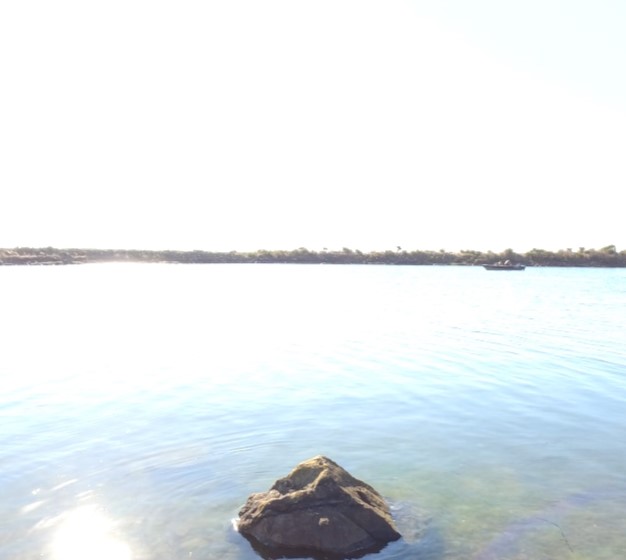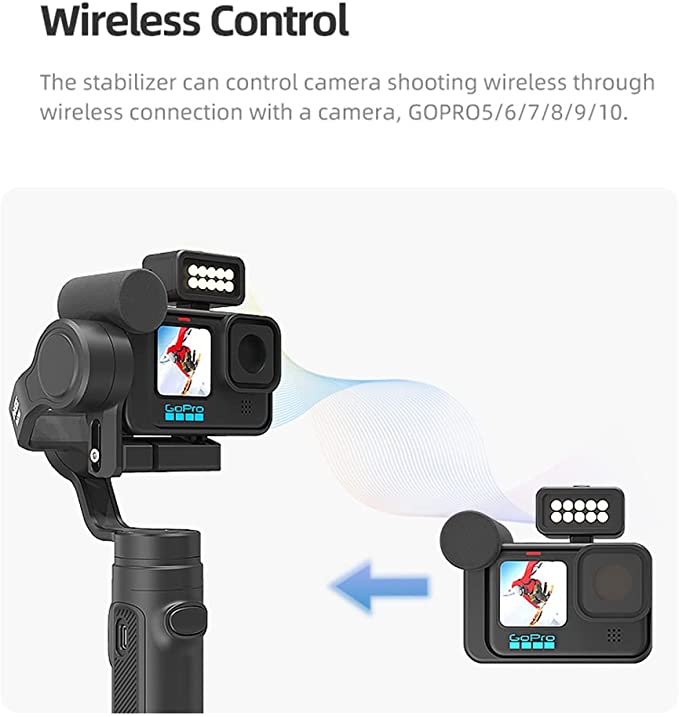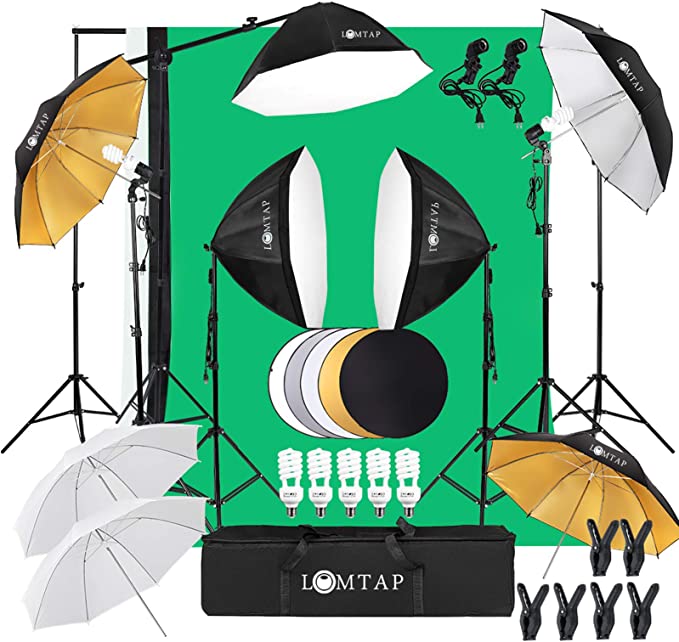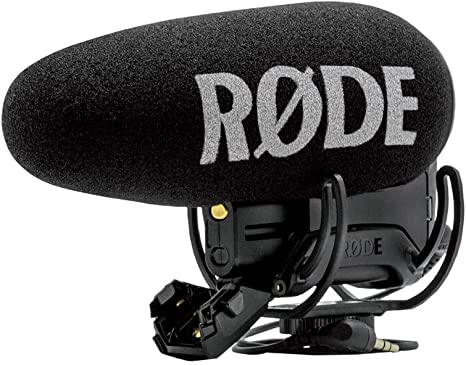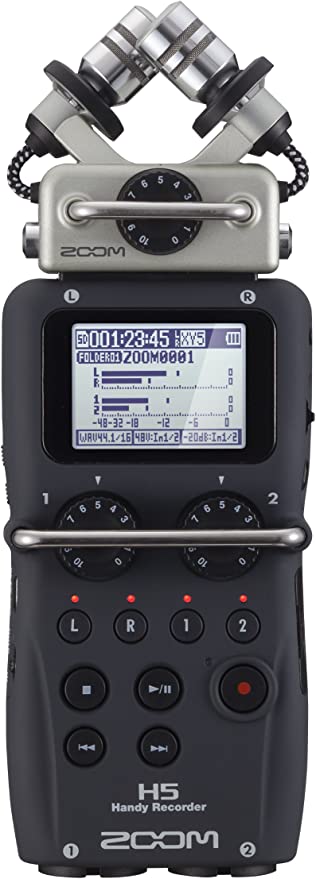This seems to be a question that pops up on a regular basis. There are a lot of models to choose from and people want to know which model would suit them best. So, in this article we’ll be looking at which model may suit you best for your needs in order to save you some money. After all, why buy the latest model if you’re not going to use all the features on offer?
Things to note, I’m only going to concentrate models from the Hero 11 onwards. The reason being that previous models are just outdated at this stage and trying to find original GoPro batteries, replacement parts etc. is just not worth the time or effort.
So should I buy a 2nd hand model?
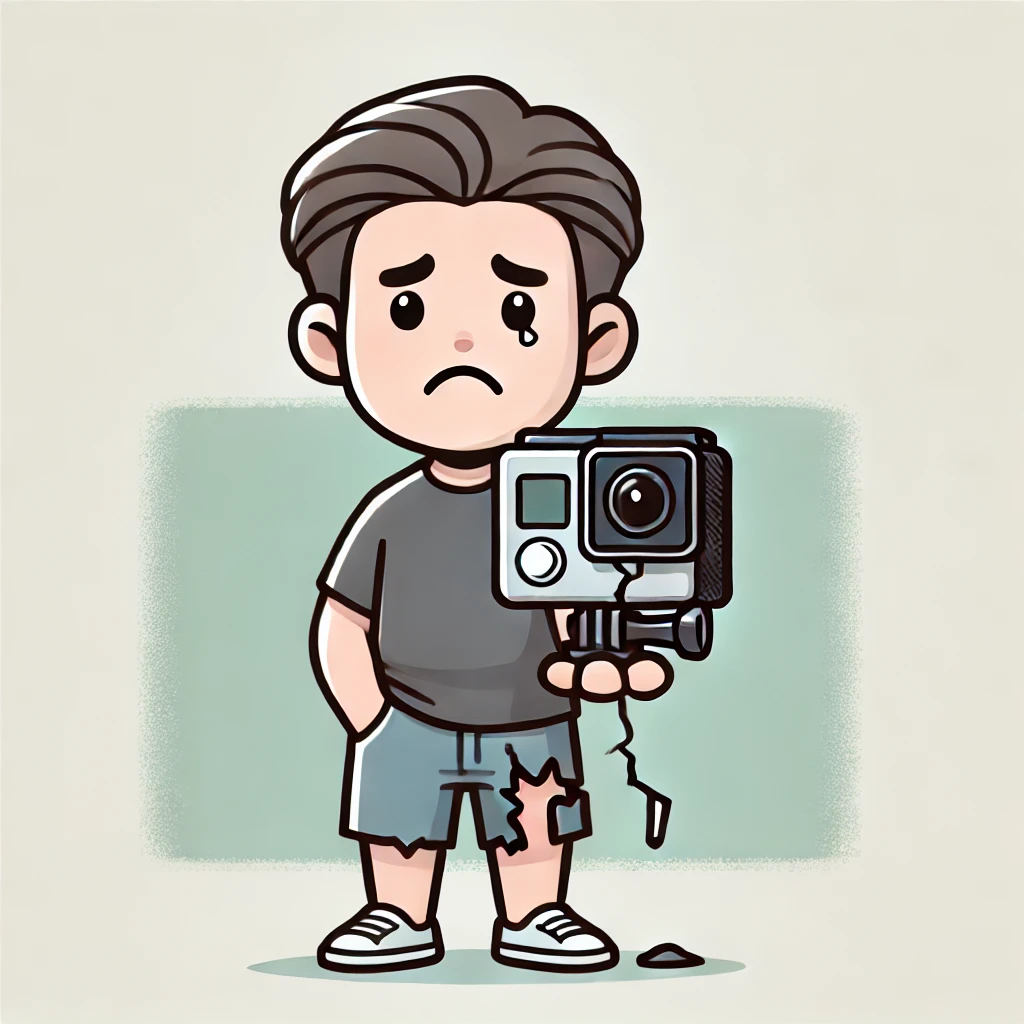
A lot of people think that buying 2nd hand will save them some money and they can get a great deal. I myself, have some reservations about 2nd hand models. GoPro’s are action cameras used to record extreme action such as snowboarding, mountain biking, sky diving, car racing etc. You really have no idea what types of hard knocks, bangs or environments that a 2nd hand GoPro has been subjected to. Plus, if you buy 2nd hand, you’re buying at your own risk without a manufacturer’s warranty. On top of that, realize if you do have an issue with your camera and try contacting GoPro themselves, they may not be able to offer you support or a replacement if the camera has previously been reported as lost or stolen. Older models are pretty much outdated in terms of stabilization and features and for all of those reasons, I tend to avoid 2nd hand.

So which model should I buy?
Well, let’s take a look at the models that are currently on offer, what their features are and which model is right for you!
This is one of the smallest and lightest GoPro cameras ever. It’s tiny! Yet this camera is capable of recording 4K video @ 30FPS. Since this is GoPro’s “Budget” camera, there are certain features it doesn’t have.
No GPS
No External Mic Support
Limited video modes (no HDR or LOG video options)
Limited photo modes
No “in camera” stabilization (stabilization is applied automatically via the app).
No Webcam mode
No add on lens options.
Only weighs 86 Grams!
Who should buy this camera:
I would purchase this if you want a cheap (GoPro quality) camera or a B roll camera. If you’re not an avid film maker and just want something small, light, for capturing video’s quickly and simply, this is the camera for you. If you’re buying a GoPro for a younger family member and it’s their first camera, this may also be the camera you want due to its low cost.
Anything else to know?
Yes, since there is no “in camera” stabilization, stabilization is applied automatically via the GoPro app. This means you will need to install the app on an Android or iOS device in order to stabilize the footage. While this model camera is a great offering from GoPro, realize that it’s also their least featured camera as a result.
The GoPro Hero 11 ecommerce model $259.99:
This is one of GoPro’s best models that they ever released. For just $60 more than the entry level GoPro this really is well worth the step up. It was a huge upgrade over previous models for the following reasons.
Taller 8:7 sensor (ideal for re-framing for different social media platforms without resolution loss)
10 bit color (a huge improvement over the 8 bit color from previous models)
“In camera” night effects (idea for light painting, star trails shots etc, without the need for post processing).
Max Lens Mod Support (for 360 degree horizon lock in 2.7K)
Onboard GPS ideal for track days or hikes.
Who should buy this camera?
This camera is suited to those that want a small form factor action camera to quickly post video clips to various social media platforms. If you want to upload a short to YouTube, Instagram Reels, Facebook etc., and then use the same clip for a long form video later on, the taller 8:7 sensor is ideal for this. If you want to get into vlogging later on, then the media mod add on will allow you to attach external mics, lights and even gives you a HDMI out. Add the Max Lens mod for an even wider FOV if you’re doing some serious action sports and want that sense of immersion and speed.
If you want “most” of the capabilities of the latest GoPro model but on a budget price, this is the one to go for.
Anything else to know?
I would consider the Hero 11 to be the “All-rounder” camera. It is a hugely capable camera that you can use to create stunning video. The “in camera” night effects also mean that with very little effort, you can create stunning video that will amaze your audience with very little effort. However later models did add some features that you may want to consider before purchasing.
This is one of GoPro’s most controversial models that was ever released. Why? Well simply put, this is a GoPro Hero 11 with the GPS removed. Other than the missing GPS, every single hardware component is the same as the Hero 11. However, what GoPro did for this camera was completely re-write the firmware from the ground up. This was a huge undertaking and the results…. are amazing. Here’s what the Hero 12 offers that the Hero 11 doesn’t (thanks to that new firmware)
Longer operating times as the camera o/s has been optimized.
Max Lens Mod 2.0 support (for 360 degree horizon lock in 4K resolution)
Bluetooth audio support (connect your headset to the camera to record audio and control the camera)
Re-nameable presets (something users have wanted, now they have it!)
HDR video (great for dual exposure requirements)
Timecode sync (great for multicam or audio devices that use timecode)
Variable bit rate recording
GPLog support (for the flattest picture profile available).
Who should buy this camera?
Serious action sports enthusiasts who want the very best frame rates and resolutions possible. The Max Lens Mod 2.0 is a huge step up from the previous Max Lens mod and offers a much wider FOV in 4K. If you’re also a serious editor and want the flattest picture possible for color grading in post, the GPLog offers that (it can also be tweaked with the GoPro Labs Firmware). Serious Motor Vloggers will also want to take advantage of the Max Lens Mod 2.0. Now you’ll get a much more expansive view while talking to the camera in and around your vehicle. The HDR video also is fantastic for filming inside your car while avoiding over exposure/blowout whites outside of the vehicle. If you’re a serious film maker/action content creator/vlogger, then this is the camera for you.
Anything else to know?
Since the Hero 12 does not have GPS on board, those of you wanting a “Track Day” camera may want to look towards the Hero 11 or Hero 13 or record GPS with a separate device (which is what serious track day enthusiasts do anyway). Although Bluetooth audio is supported, it’s actually quite low quality and honestly, it makes for better camera control when the camera is outside the vehicle rather than recording usable vocal content. The GPLog option will give you the best video possible for color grading in post, but if you’re used to color grading in post, then using GPLog will give you a flat, faded, washed out picture (which is actually what you want for color grading) but for the uninitiated, they may wonder why their picture doesn’t “Pop”. However, if you are serious about content creation, this is the model you want!
Another controversial model but only slightly. Why? Well simply put, this is a GoPro Hero 12 and “nearly” every single hardware component is the same as the Hero 12….. nearly……. However, GoPro did some major redesign of the guts within the camera as well as carry out some pretty great upgrades as well as adding the GPS back. As a result, they have produced a camera that is now an all-in-one production powerhouse for content creators and serious vloggers. So what are the benefits of purchasing a Hero 13?
Longer operating times as the camera heat sinks have been redesigned with an extra heat sink added.
In camera re nameable presets (huge advantage for quick filming in different environments)
Upgraded Bluetooth (BLE 5.3)
Upgraded WiFi (WiFi 6 for longer range and faster uploads)
HDR HLG Video (for broadcast quality HDR across more devices)
Automatic Lens detection with suggested settings (Cannot stress how great this is).
Macro Lens Support (now get closer to your subject while adding a cinematic background blur)
Anamorphic Lens support (coming 2025)
On board GPS receiver.
Upgraded battery for longer filming times
Burst 360FPS and 400FPS filming modes
Who should buy this camera?
Everyone. Sorry, but it’s the frustrating truth! With the new features on offer from this camera, GoPro have made a true production powerhouse that offers everything. Before, getting close up shots of an item (for reviewers, those selling products etc.) meant either using a digital zoom in post (thus reducing quality) or having to use a different camera (which meant 2 separate files, having to match colors in post, sync audio etc). Now with the Macro lens, that’s no longer an issue. Same camera, same color, easy!
Getting cinematic motion blur has always been tricky to manage (and that’s assuming you know what cinematic motion blur is), however GoPro’s automatic lens detection and suggested settings have now made this easy for anyone to do. Thanks to the new lenses that are available from GoPro, the camera automatically detects which lens is attached, and based upon your settings, will suggest either a stronger Nd filter or a lighter Nd filter. This enables you to get the perfect motion blur every time. Easy!
Plus how many people have accidentally enabled Max Lens Mod Mode or forgot to when filming? No longer an issue thanks to the automatic lens detection. The camera will select the proper filming mode depending on the lens you attach. Easy!
So due to these features, that’s why it’s a bit frustrating to suggest that “Everyone” gets this camera. I should be saying “Hard core professional film makes” and that’s true… however due to how easy GoPro have made this camera to use, I can also truthfully say “Complete amateurs who don’t have a clue about filming and want the best picture possible”. This camera is simply a huge leap forward for GoPro and well worth the asking price in my opinion. To be honest, I may pick up a 2nd one as I’m that impressed with it.
Anything else to know?
The burst slow motion is some of the best available in any action camera. GoPro have also improved the audio with a selectable vocal enhancement option as well as improved low light filming with a selectable noise reduction option. The GoPro Labs firmware also has some huge advancements for the Hero 13 and frankly makes this a great option for serious action camera users. The Anamorphic lens won’t be available until 2025 but this is one option I’ve been wanting for years from GoPro and they’ve finally made it a reality. The simple fact is, if you want to get the best action camera on the market, then this is the GoPro you will want. In my opinion, this has been the best GoPro and most revolutionary GoPro release since the Hero 8.
So what about the Hero 9, Hero 10 or Hero Max?
As stated, I’m only concentrating on models that are currently available from GoPro. The Hero 9 and Hero 10 are currently unavailable and honestly, with the Hero 11 on offer, it outperforms both cameras easily and for a great price. The Hero Max is also unavailable and given the fact that it’s nearly 5 years old at this point, I would wait for the Max 2 when it’s released in 2025.
Anything else to keep in mind?
Yes! If you do end up buying a GoPro for yourself or someone else, please make sure you don’t cheap out on the SD card. Sd cards are important and trying to bargain basement a card could end up with disastrous results.
That’s why I only use 512GB Samsung Evo Select cards. They are rock solid performing cards for the best price available.
Disclaimer: Amazon Affiliate Disclosure
Some of the links on this website are affiliate links, meaning that if you click on the link and make a purchase, I may receive a small commission at no additional cost to you. This helps support the website and allows me to continue creating content.
DemonView LLC is a participant in the Amazon Services LLC Associates Program, an affiliate advertising program designed to provide a means for sites to earn advertising fees by advertising and linking to Amazon.com and affiliated sites.
Please note that I only recommend products and services that I personally use or believe will add value to my readers. All reviews and opinions expressed on this site are my own, and they are not influenced by the affiliate partnership.
Please note that all prices were correct at time of article publication, please feel free to shop around to compare prices to ensure you get the best deal possible.
This is a bonus note dedicated to all of those who take the time to actually read the small print. I think you’re awesome for doing that, but isn’t it frustrating how much is really hidden in small print and user agreements? I for one think that consumer protection laws need to be increased and any company that sells to customers whether it be a physical or digital product should abide by the same agreement.
I’ll be honest with you, when someone clicks on my links and purchases a product, that makes me happy. I try to recommend only the best items that I actually use or find useful. Let’s me know people are paying attention, just like you’re paying attention to this very small print! Good for you!
